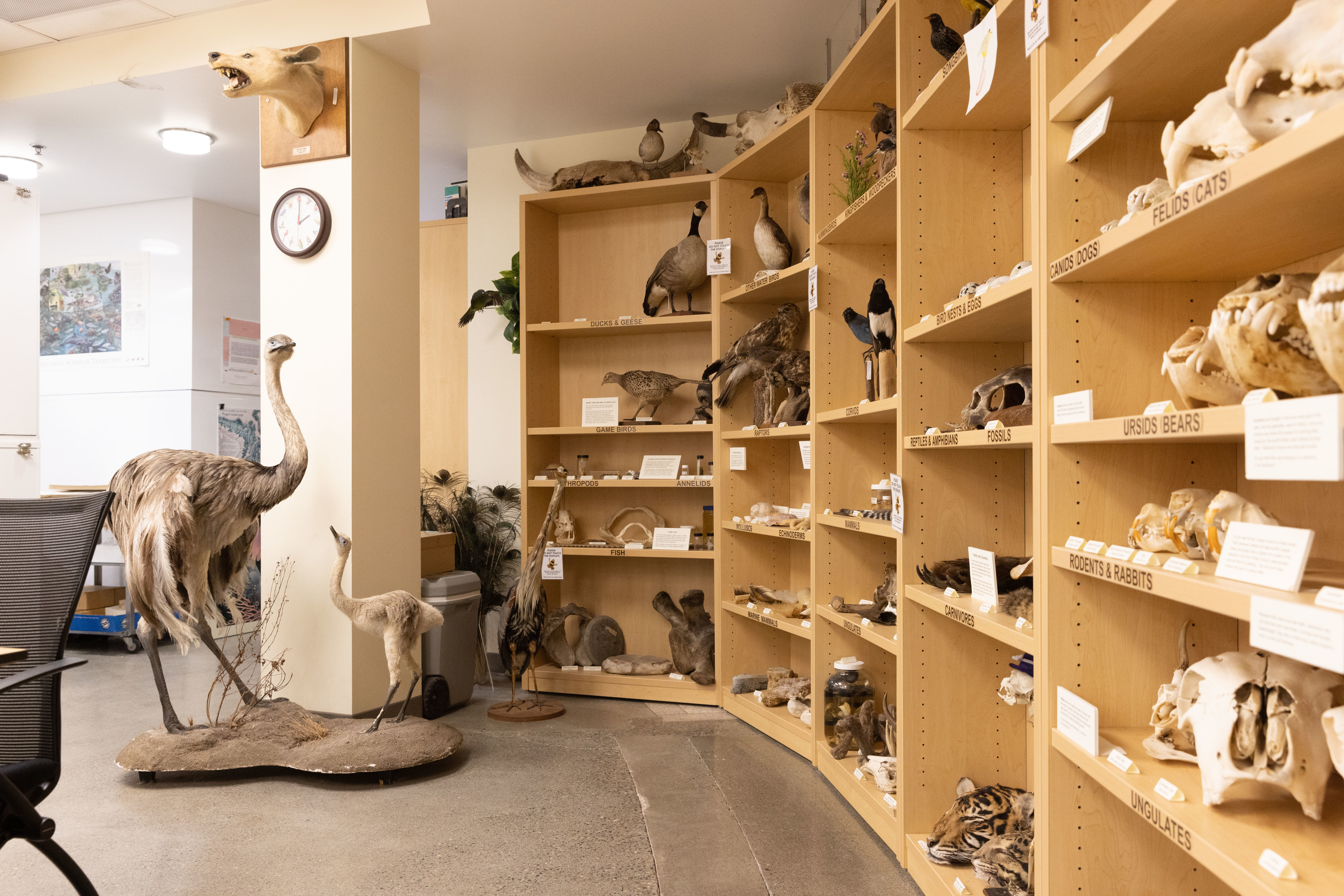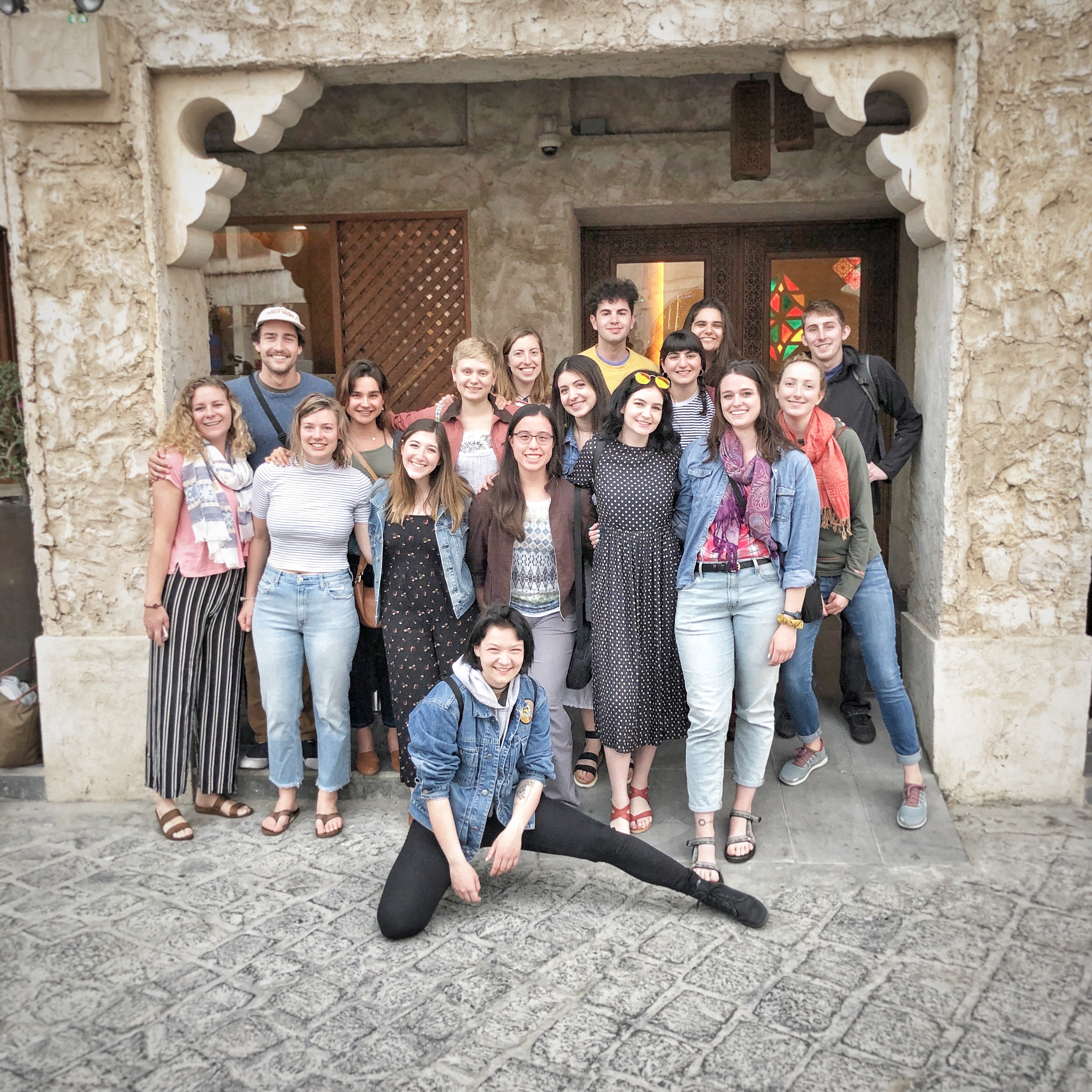In 2020, as it does every 10 years, the U.S. Census Bureau will attempt to make an official, complete count of the population. Andrew Gomez, assistant professor of history, uses data from the census in his research (on early Cuban communities in the U.S.) and his teaching (on the history of the census, as well as how immigration has shaped U.S. cities over time). Here, he shares seven things you might not know about the census.
1. It goes way back.
The U.S. Constitution mandates a census every 10 years, and the first one was in 1790. “The framers decided that a census would be important to governing, particularly to apportioning seats in the House of Representatives,” Gomez says. Today the census determines not only how many seats each state gets in the House, but also how billions of dollars in federal funds are distributed.
2. Horse and saddle are no longer needed.
In the beginning, says Gomez, “U.S. marshals were sent off on horseback on an 18-month journey to catalogue what was then 4 million people”—compared to the current U.S. population of 327 million. (The 1790 census didn’t count Native Americans, even though they made up a substantial portion of the population, Gomez says.) In 1880, the government switched to trained census-takers. Such enumerators, as they’re called, went door to door until 1960, when the Census Bureau introduced a mail-in system. Residents will still get the census form by mail this year, but for the first time, they’ll have the option of going online or calling a toll-free number to complete the questionnaire. Those who don’t respond can expect a follow-up visit from an enumerator.
3. Identity? It's complicated.
Over the years, Gomez says, people have gained more of a say in how they’re characterized. Until 1960, for example, it was the job of the enumerator to decide what a person’s race was. And census questionnaires in recent years have presented residents with more choices for describing their racial and ethnic identity. In 2020, for the first time, a question about household relationships now includes same-sex marriages or partnerships as possible answers—but the question “What is this person’s sex?” still has just two options: male or female. Says Gomez: “Often the census is behind in capturing the full complexity of how Americans see themselves.”
4. ALASKA gets to go first.
The 2020 census began in late January in Toksook Bay, a tiny Alaskan village on the Bering Sea. That remote community and others like it get surveyed first—with enumerators often arriving by snowmobile, sled dog, or bush plane. Residents of most other parts of the country will get census forms in the mail starting in March.
5.There's no citizenship question.
The Supreme Court last June ruled against the Trump administration’s efforts to ask residents about their citizenship. The census has included a citizenship question off and on in the past, Gomez says. “But context matters,” he adds—and in today’s hyper-partisan environment, opponents argued that the citizenship question was politically driven. “The process of conducting the census is hard enough as it is,” says Gomez, “and one of the single most important aspects is public confidence that it will be conducted thoughtfully, thoroughly, and apolitically.”
6. Census data were misused during World War II.
By law, the government can’t release personally identifiable information collected in the census until 72 years have passed. But historian Margo Anderson discovered in 2000 that the Census Bureau shared information on some Japanese Americans during World War II, to aid the government’s internment efforts. “There is a fear that census data will be weaponized,” Gomez says. “And sometimes that fear is rooted in historical reality.” Still, he says, “I think filling out the census is an incredibly important responsibility. I understand why some vulnerable populations would be worried, but a great deal rides on the census being accurate.”
7. We can tell you what will be on the test.
The 2020 census questions are no secret: You can find a PDF of the 2020 census questionnaire at census.gov.











